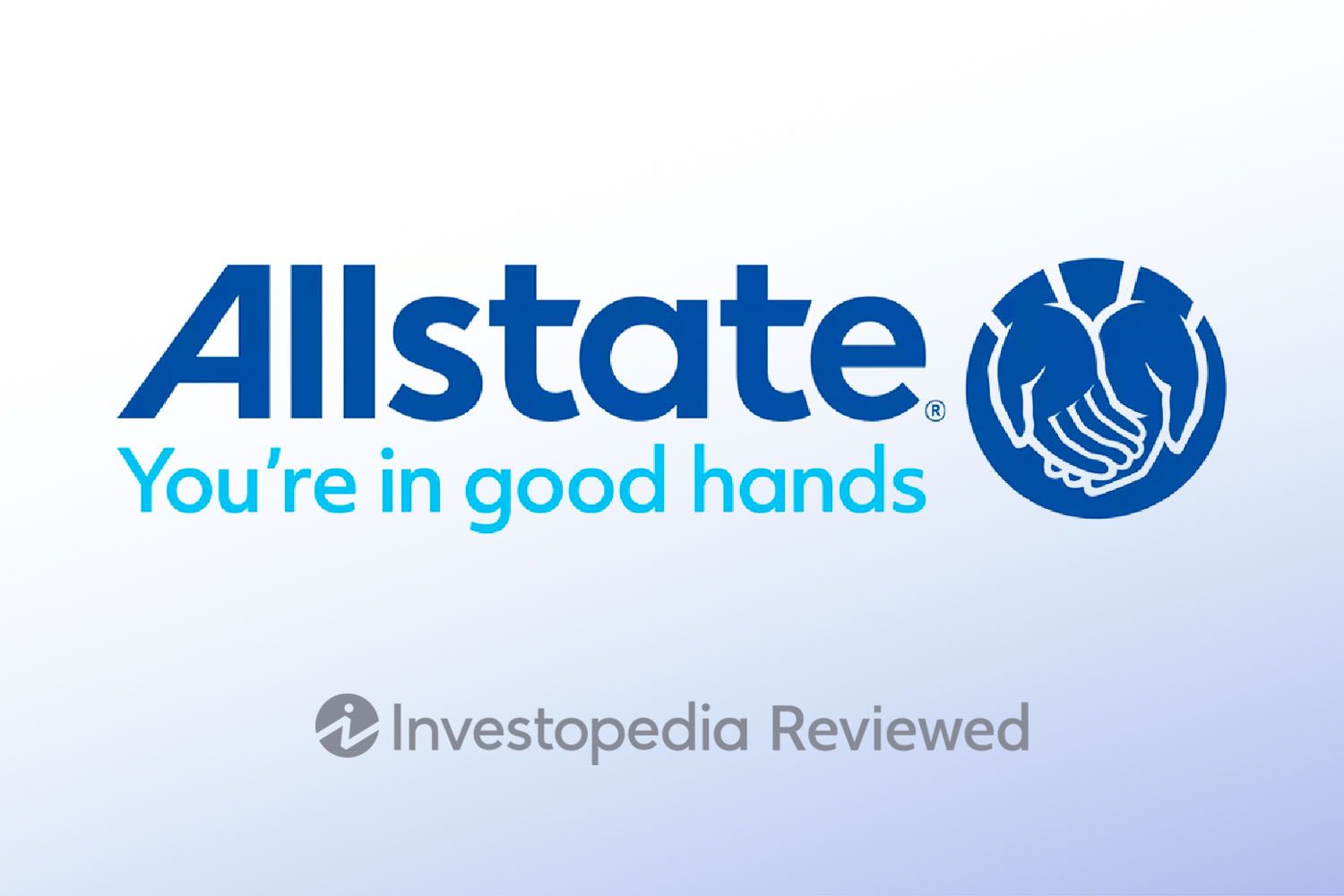Navigating the labyrinth of car insurance options can feel like driving in circles with no GPS. But with the right roadmap, the perfect insurance policy is within your reach, promising to safeguard your vehicle and your peace of mind. Whether you’re feeling undercovered, seeking lower premiums, or simply looking for a better customer service experience, comparing car insurance companies is the first step to finding the perfect fit.
In this comprehensive guide, we’ll steer you through the essential check-points to consider when comparing car insurance providers. From coverage options and discounts to customer satisfaction ratings, we’ll help you move from pole position to victory lane, securing the ideal insurance policy that aligns with your needs and budget.
Read more:
The Starting Line-Up: Understanding Your Needs
Before the green flag drops on your insurance shopping spree, it’s crucial to assess your unique needs. Every driver’s situation is as singular as a fingerprint, and choosing an insurance company that caters to your individual requirements is the fastest way to savings.
Assess Your Risk Profile
Are you a seasoned driver with a spotless record, or do traffic violations occasionally spike your blood pressure? Your driving history is one of the most significant factors insurance companies consider when quoting a premium. Additionally, your vehicle’s make, model, and usage can all affect the level of risk you present. Take an honest inventory of the factors that could sway an insurer’s response to your application.
Understanding State Requirements
Insurance isn’t a universal language; each state has its own set of minimum coverage requirements. Ensure you’re well-versed in your state’s mandates, from liability coverage minimums to personal injury protection (PIP) or uninsured motorist coverage limits. Failing to meet these requirements can land you in hot water faster than an unscheduled pit stop at a racetrack.
Foreseeing Future Needs
Life’s road isn’t straight, so a policy that grows with you is key. If you’re planning a family, expecting to commute longer distances, or purchasing a home, factors that affect your insurance needs will change. Selecting a flexible provider with a spectrum of coverage options is a strategic move that can pay dividends in the long run.
Check the Under The Hood: Coverage and Policy Options
The heart of any car insurance policy is the coverage it provides. Insurance jargon can be as complex as engine specifications, so we’ll break down the most common types of coverage and options available, ensuring you understand each policy part before assembling your plan.
Liability Insurance
This safeguard is mandatory in almost every state and covers damages and injuries you may cause to others in an accident. It’s split into two types: bodily injury liability, which covers medical expenses and related costs, and property damage liability, which takes care of the expenses associated with damaging another person’s property.
Collision and Comprehensive Coverage
If your vehicle is damaged in an accident or by something other than a collision — such as theft, fire, or natural disaster — collision and comprehensive coverage can help foot the repair or replacement bills. These coverages often come with a deductible, the amount you pay towards a claim before the insurance company steps in.
Personal Injury Protection (PIP)
Offered in no-fault states, PIP coverage can be a game-changer if you’re injured in an accident. It covers medical expenses, loss of income, and related costs regardless of who’s at fault, streamlining the claims process and providing swift assistance in a trying time.
Uninsured and Underinsured Motorist Coverage
Being involved in an accident is challenging enough, but if the responsible party is without insurance or insufficient coverage, it can turn into a nightmare. These coverages protect you, your passengers, and your vehicle if you’re hit by an uninsured or underinsured driver.
Coverage for Special Situations
High-end car owners, those who often rent vehicles, or even drivers who use their cars for business may need specialized coverage options. Gap insurance, rental car coverage, and commercial auto insurance are just a few examples of such additional policies to consider.
Pit-Stop: Discounts and Deductibles
The mark of a true contender is their ability to maximize shortcuts and minimize excess. Enter: discounts and deductibles — the pit crew members in your race for an ideal car insurance policy.
Eligibility for Discounts
Insurance companies offer a plethora of discounts, and who doesn’t love a good deal? Common discounts include those for safe driving history, bundling home and auto policies, vehicle safety features, and maintaining a good academic record (especially for young drivers). Investigate which discounts each insurer offers and evaluate how you can qualify for them.
The Deductible Dilemma
Your deductible — that out-of-pocket expense you’re responsible for in a claim — has an inverse relationship with your premium. A higher deductible equals a lower premium, but it could also mean a more significant financial hit if you need to file a claim. Weigh the pros and cons and decide on a deductible amount that balances your financial comfort and insurance savings.
The Service Stations: Customer Support and Satisfaction
In the heat of comparison, don’t overlook the importance of a capable pit crew. Excellent customer support translates to swift claims resolution, helpful guidance, and an overall pleasant experience when you need your insurance company the most.
Research with the Rankings
There are several juries that can pass judgment on an insurance company’s service, and you should heed their verdicts. Organizations like J.D. Power, AM Best, and Moody’s provide ratings and reviews based on customer satisfaction, financial strength, and claim handling. Consistently high rankings from these organizations act as a reliable green flag for a smooth experience.
The Claims Process
Regular pit stops to file claims can be a drag, so it’s critical to select an insurer with a streamlined claims process. Research how each provider handles claims, from how to file to how quickly they resolve and pay out. A near-seamless claims experience can provide unparalleled peace of mind.
On The Tracks: Digital Presence and Convenience
In today’s digital era, an insurance company’s online interface and mobile app can be just as essential as the policy itself. An intuitive, user-friendly digital experience can significantly enhance your interaction with your insurance provider.
Online Quotes and Applications
The convenience of obtaining quotes and applying for a policy online cannot be overstated. A well-designed website should make these processes quick and easy, giving you the information you need, when you need it.
Mobile App Functionality
An insurer’s mobile app can serve as a virtual pit wall, providing instant access to your policy details, proof of insurance, and the ability to file and track claims from the convenience of your smartphone.
The Finish Line: Making Your Decision
When it comes to choosing the right car insurance company, the finish line is both the end and the beginning. It marks the end of in-depth comparison and the beginning of security and peace of mind. To cross this threshold effectively, consider these final pointers:
Assess the Full Picture
After meticulous comparison, take a step back and look at the big picture. Consider the comprehensive value each insurance company offers, factoring in coverage options, discounts, deductible choices, customer service, and digital experience.
Personal Test Drives
Sometimes, the best way to evaluate an insurance company is through personal interaction. Take advantage of any trial periods or guarantees offered, and experience the company’s services first-hand before fully committing.
Revisit Regularly
Your insurance needs are as dynamic as the road you travel. Revisit your policy annually or after significant life changes to ensure it still serves your best interests. Loyalty to a single company is noble, but ensuring you’re still getting the best deal is even nobler.
By following this guide to comparing car insurance companies, the checkered flag of a first-rate policy is well within reach. Take each turn decisively, and with each straightaway, inch closer to an insurance policy that’s as reliable as the car you trust it to protect. Happy driving!

